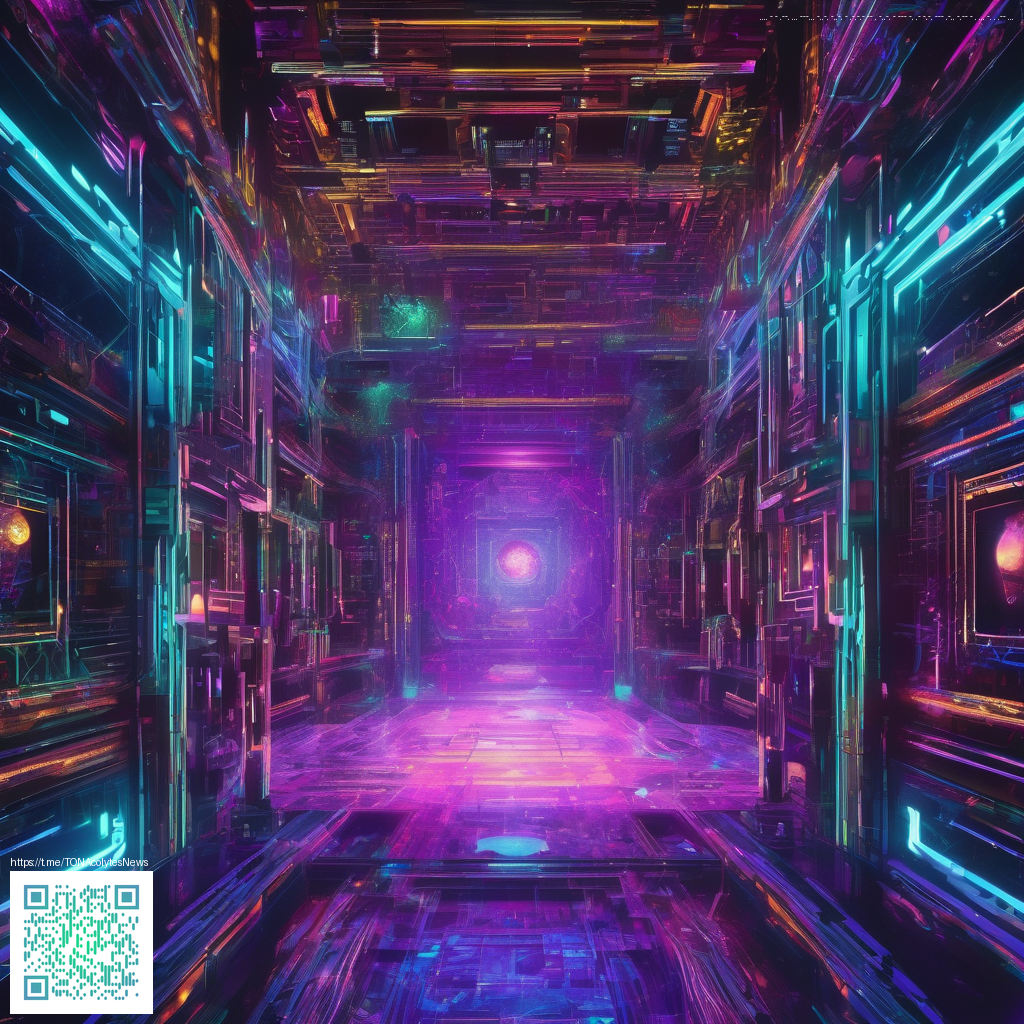
Balancing Innovation and Responsibility in Digital Creation
In the fast-evolving world of digital creation, AI tools are changing the game—from image synthesis and generative writing to intelligent design assistants and soundscapes. The thrill of seeing ideas come to life at the speed of thought is undeniable 💡🚀. But as creators push the envelope, questions about ethics, fairness, and impact become impossible to ignore. How do we celebrate rapid innovation while guarding against harm, misinformation, and the erosion of trust? The answer lies in a thoughtful dance between opportunity and responsibility, where processes, policies, and people align to shape outcomes that are both groundbreaking and trustworthy 🛡️✨.
Ethics in digital creation isn’t a set of rigid rules; it’s a dynamic framework that guides decisions at every stage—from ideation to delivery. Transparency about when AI is involved helps audiences understand the origins of content, while consent and data provenance remind us to respect creators, subjects, and communities who may be represented or influenced by AI-generated work 🔎🗝️. When tools are used to augment human capability, the goal should be to amplify fairness and inclusivity rather than reinforce existing biases or stereotypes. In practice, this means asking hard questions early, documenting assumptions, and inviting ongoing dialogue with stakeholders who are affected by digital creations 📣🤝.
“Ethics should be baked into the process, not tacked on after products ship.”
To navigate these tensions, many teams adopt a simple but powerful set of guiding questions: What is the intended audience? What data informs the model, and is consent obtained for its use? Could the content unintentionally reinforce biased norms? How will we measure impact and address harm if it arises? By answering these questions before prototypes become public, creators can reduce risk while preserving velocity and imagination 🧭💬.
Key ethical considerations in AI-enabled creation
- Transparency: Clearly indicate when AI is used and what its role is in the final work. This builds trust and lowers the barrier for critical engagement 🧠🔍.
- Consent and data provenance: Respect the rights of individuals whose likeness, voices, or data may inform AI outputs. Maintain auditable records of data sources and permissions 🛡️📁.
- Fairness and bias mitigation: Strive for representative inputs and inclusive design to avoid amplifying stereotypes or exclusionary patterns 🧩🌍.
- Privacy and security: Guard sensitive information and guardrails against misuse, especially inInteractive or user-generated content where privacy may be at stake 🔒👀.
- Accountability and redress: Establish clear ownership for AI-generated outcomes and provide channels for feedback, correction, or remedy when problems arise 🧰⚖️.
Practical guidelines for teams and individual creators
As organizations scale their use of AI in design, storytelling, or product development, a practical playbook becomes essential. Start with purpose-driven design: articulate the problem you’re solving, the audience you serve, and the ethical guardrails you will uphold from day one. Then, adopt a lightweight governance model that includes regular reviews, risk assessments, and clear decision rights. This isn’t about slowing down—it’s about building durable trust that sustains momentum over time 🏗️🤝.
- Define success with care: Clarify not just what you’ll build, but how you’ll measure social and ethical impact. Include metrics for fairness, accessibility, and user well-being 🧪📈.
- Document data practices: Maintain a living data diary that outlines sources, licensing, and any transformations applied to training or prompt data 🗂️📝.
- Engage diverse perspectives: Involve artists, ethicists, community representatives, and domain experts in reviews to surface blind spots early 🌈👥.
- Implement red-teaming and safety checks: Run stress tests on prompts, inputs, and outputs to identify potential harms or misrepresentations before release 🚦🧪.
- Provide accessibility and inclusion: Design outputs that are usable by a broad audience and that respect cultural differences and sensitivities 🌍♿.
Beyond process, the everyday toolkit used by creators matters as well. Ergonomics, organization, and mindful work habits support responsible creation by reducing cognitive load and enabling clearer thinking about ethical trade-offs. For example, in fast-paced environments where AI-generated content is a common output, small desk aids can help maintain focus and reduce fatigue. If you’re exploring stylish, practical desk accents, the Phone Stand Travel Desk Decor for Smartphones can be a tasteful companion—lightweight, portable, and designed to keep your device at an optimal angle for review and reflection 🧍♂️📱.
Case studies can illuminate how ethics translate into real practice. A recent visual exploration published on the Crystal Images page examines attribution, authorship, and the responsibility of presenting AI-assisted artwork in ways that invite dialogue rather than confusion. For readers who want to see a concrete example, you can review the discussion on this page 🖼️💬. It serves as a reminder that ethics is not an abstract ideal but an ongoing conversation shaped by context and community involvement 🌱🗣️.
As we push toward smarter, more capable tools, it’s vital to maintain an open channel between innovation and accountability. Transparency about capabilities, clear boundaries for use, and a commitment to redress when missteps occur build a healthy ecosystem where creators can experiment boldly without compromising trust. In practice, this means documenting assumptions, inviting critique, and recognizing that responsible innovation is a collaborative project—one that benefits from diverse voices and shared responsibility 🤝🔎.
Imagining a future where creativity thrives responsibly
The trajectory of AI in digital creation is not a straight line to efficiency; it’s a landscape rich with ethical terrain. When teams embed ethical thinking into the core of their workflows, they don’t impede creativity—they enrich it. The discipline becomes a partner in discovery, helping to ensure that novel visuals, stories, and products resonate with people in humane, meaningful ways. And in those moments when AI-enabled outputs spark debate, the best response is a well-tuned balance of accountability, curiosity, and humility 🧭💬.
Similar Content
Page URL: https://crystal-images.zero-static.xyz/bf817bfe.html